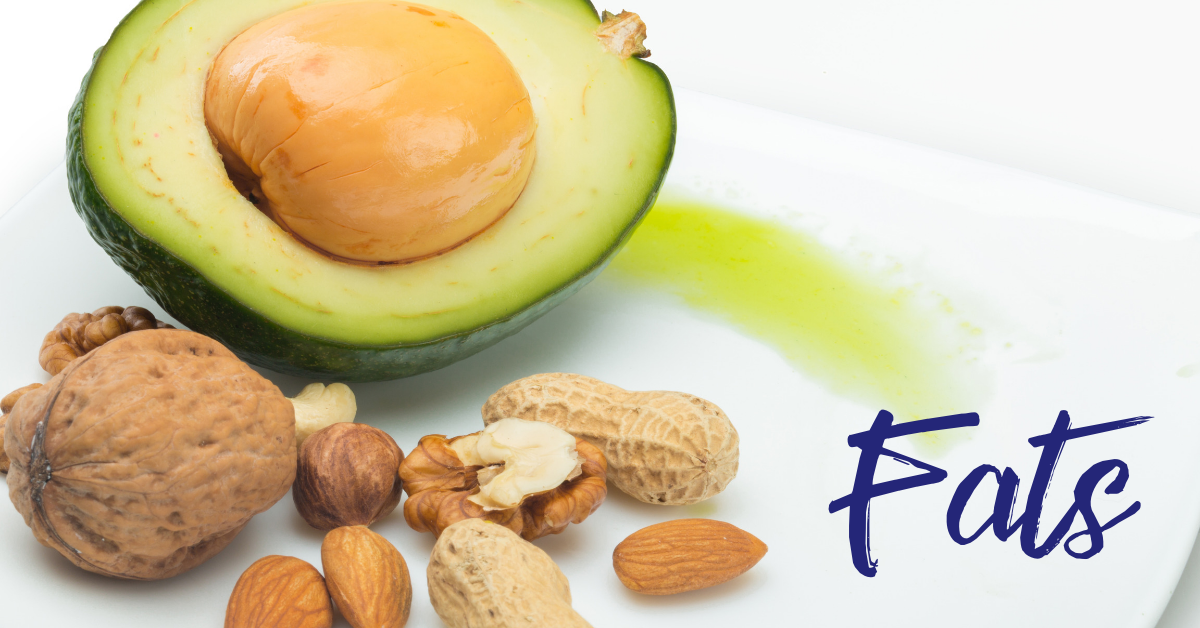
Veronica Brady, CDE explains the different types of fats and what should be considered if you're managing diabetes.
Focus on Food, pt. 3
We have heard all kinds of things about fat. Good fat, bad fat, saturated fat, unsaturated fat, animal fat… What does it all mean? As a person with diabetes should you stay away from fat? Do you need some “healthy” fat in your diet? Well, let me give you the skinny on fat.
According to the 2015-2020 Dietary Guidelines, eating a low-fat diet is not encouraged. The recommendation is for up to 35% of total calories per day from fat. However, it is recommended that foods containing unsaturated fats, or that are low in saturated fat, be consumed. This keeps saturated fat to less than 10% of calories daily, thus reducing the risk of cardiovascular disease[1].
Information from the Cleveland Clinic states that daily fat intake should be broken down as follows:
-
Monounsaturated fat: 15% to 20%
-
Polyunsaturated fat: 5% to 10%
-
Saturated fat: less than 10%
-
Trans fat: 0%
-
Cholesterol: less than 300 mg per day2
Why are we so hard on fat?
Well, fat is high in calories. Did you know that 5 grams of fat = 45 calories? Let’s put that into everyday terms. If you eat 10 peanuts or put 1 tablespoon of “reduced-fat” mayonnaise on your sandwich you have consumed 1 fat serving = 5 grams of fat = 45 calories. Now how many of us eat only 10 peanuts at a setting or measure the amount of mayonnaise we put on our sandwich?
If you want to determine the percentage of fat that you are recommended to take in daily here is an example. If you are eating 2000 calories a day and limiting your saturated fat to 10% a day, you are allowed 22 grams of fat. When you eat those 10 peanuts, you have just used about ¼ of your daily allotment of saturated fat.
What’s the difference between the types of fat?
The references listed here[2,3] provide excellent examples of each of the types of fats, but here is a brief overview.
-
Monounsaturated fat—plant-based sources such as nuts and avocados
-
Polyunsaturated fat—also from plant sources and include corn, cottonseed or soybean oils and nuts (Omega-3 fats are a type of polyunsaturated fat)
-
Saturated fat—waxy or solid at room temperature. Derived from animal products and include hotdogs, lard, tropical oils, bacon fat…
-
Trans fat—occurs due to a process called hydrogenation where the liquid fat is changed into a solid. This fat is found in shortening and pre-packaged baked goods as well as other foods.
With all that being said about fats what’s the best thing to do when it comes to fat intake? Avoid trans fats, choose monounsaturated and polyunsaturated fats whenever you can and eat small amounts of seeds and nuts.
Healthy Eating and Be well!
References
-
USDA Choose MyPlate.gov. United States Department of Agriculture. https://www.choosemyplate.gov/2015-2020-dietary-guidelines-answers-your-questions
-
Fat: What You Need to Know. Cleveland Clinic. https://my.clevelandclinic.org/health/articles/11208-fat-what-you-need-to-know
-
Choose Your Foods: Food Lists for Diabetes (2019) Evert, A., Chomko, M., Cox, C., Harrington, C., Korsberg, J., Quintana, L., Sauter, C., Urbanski, P. & Wheeler, M. Academy of Nutrition & American Diabetes Association. Buy on Amazon





